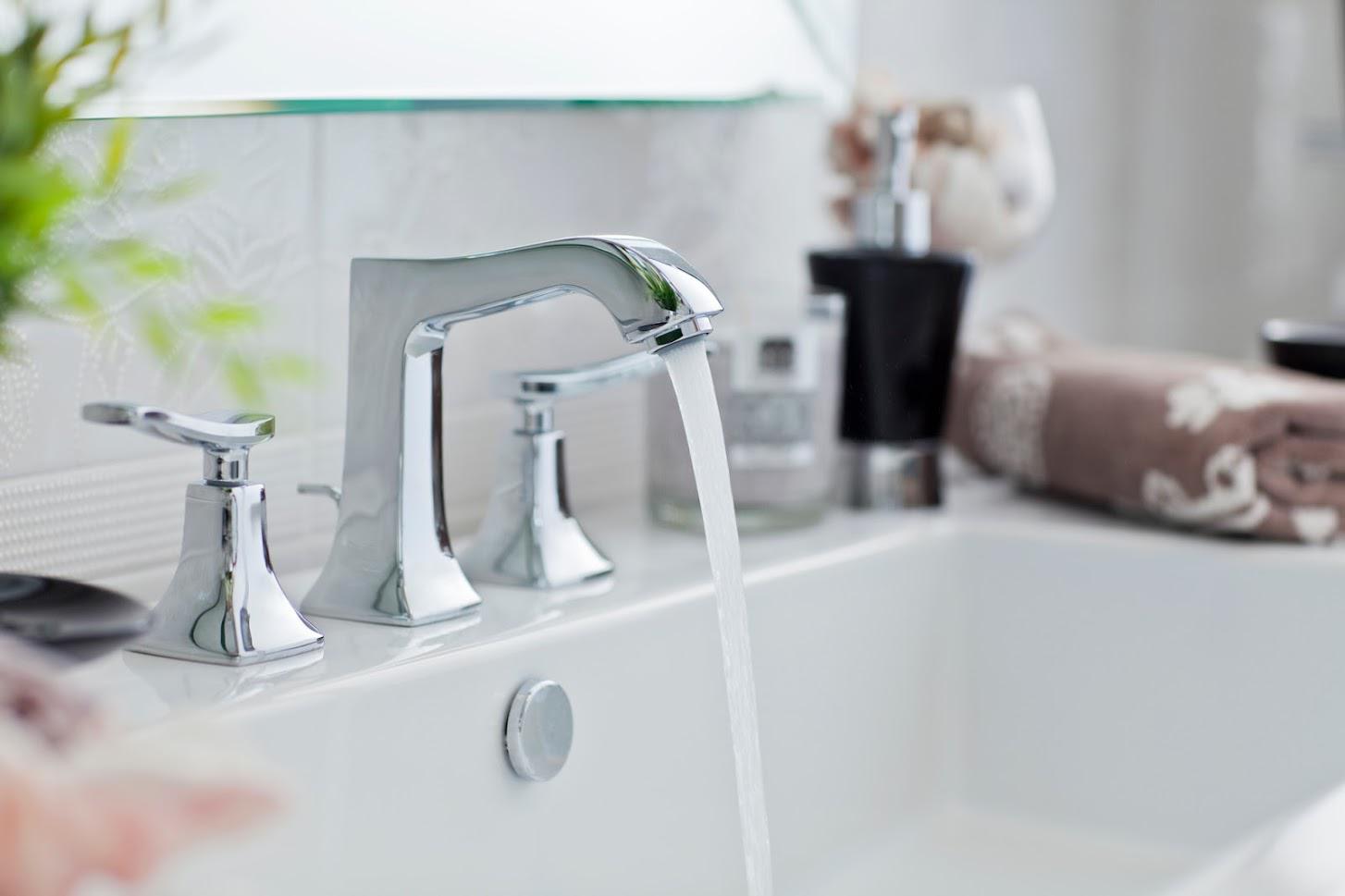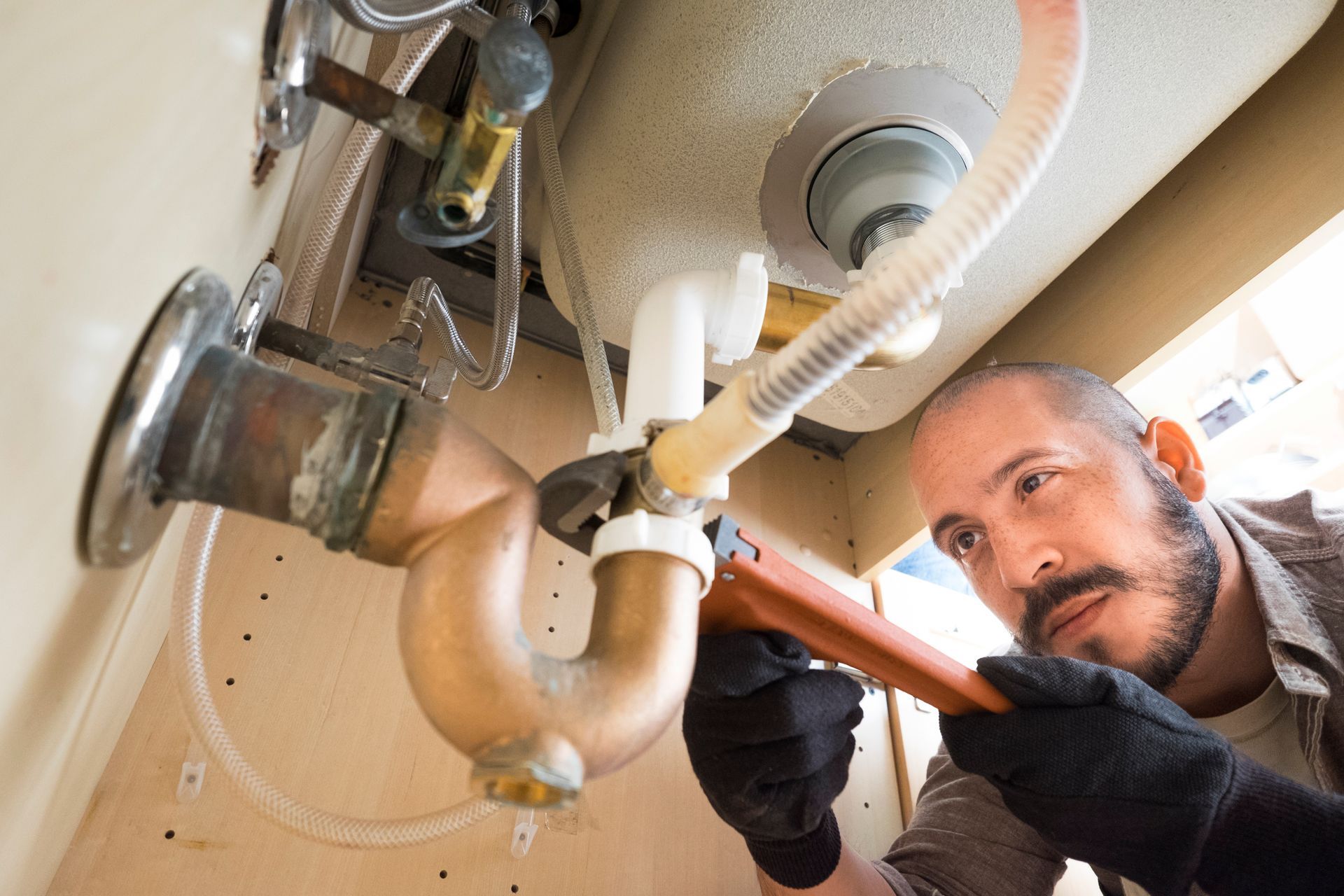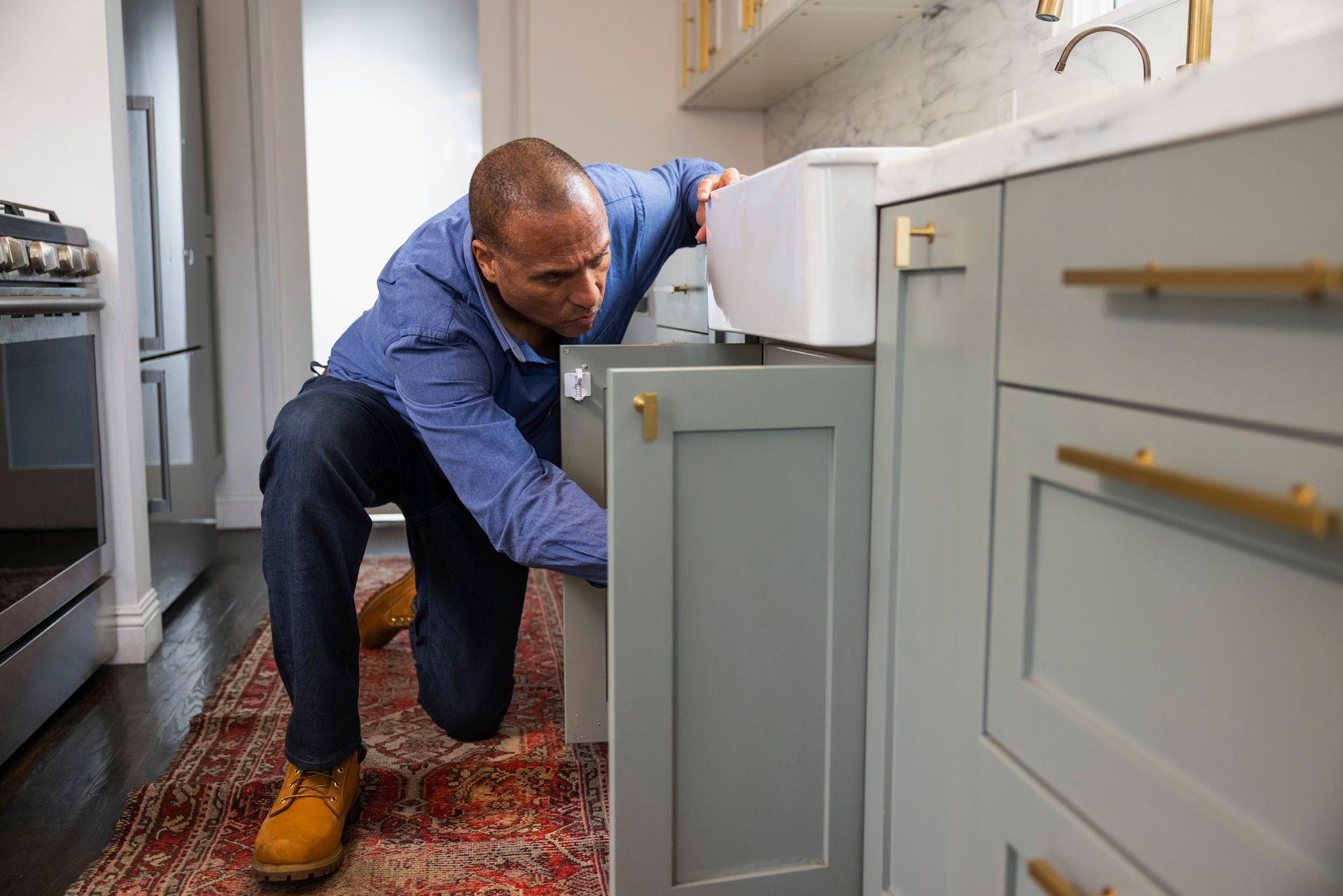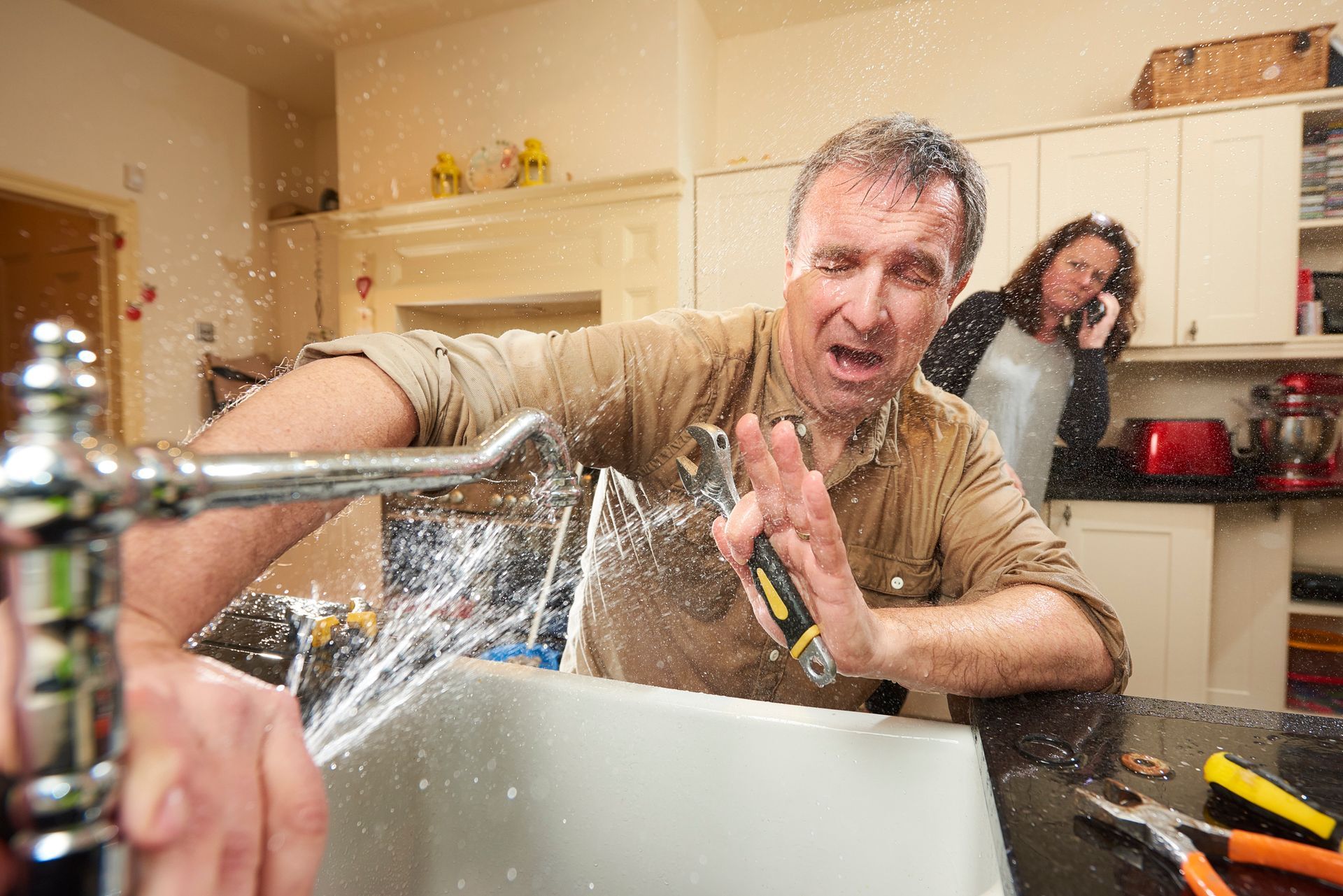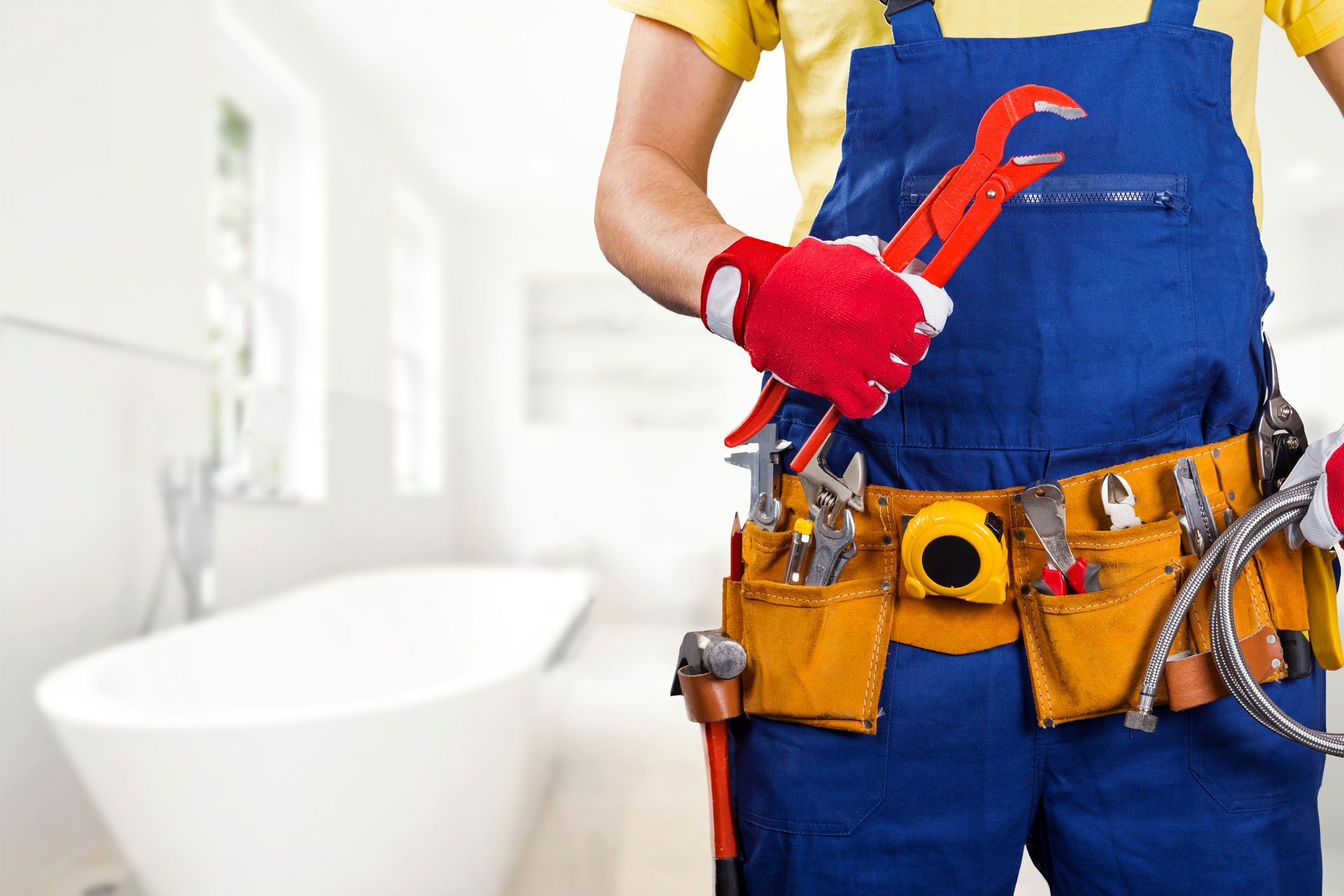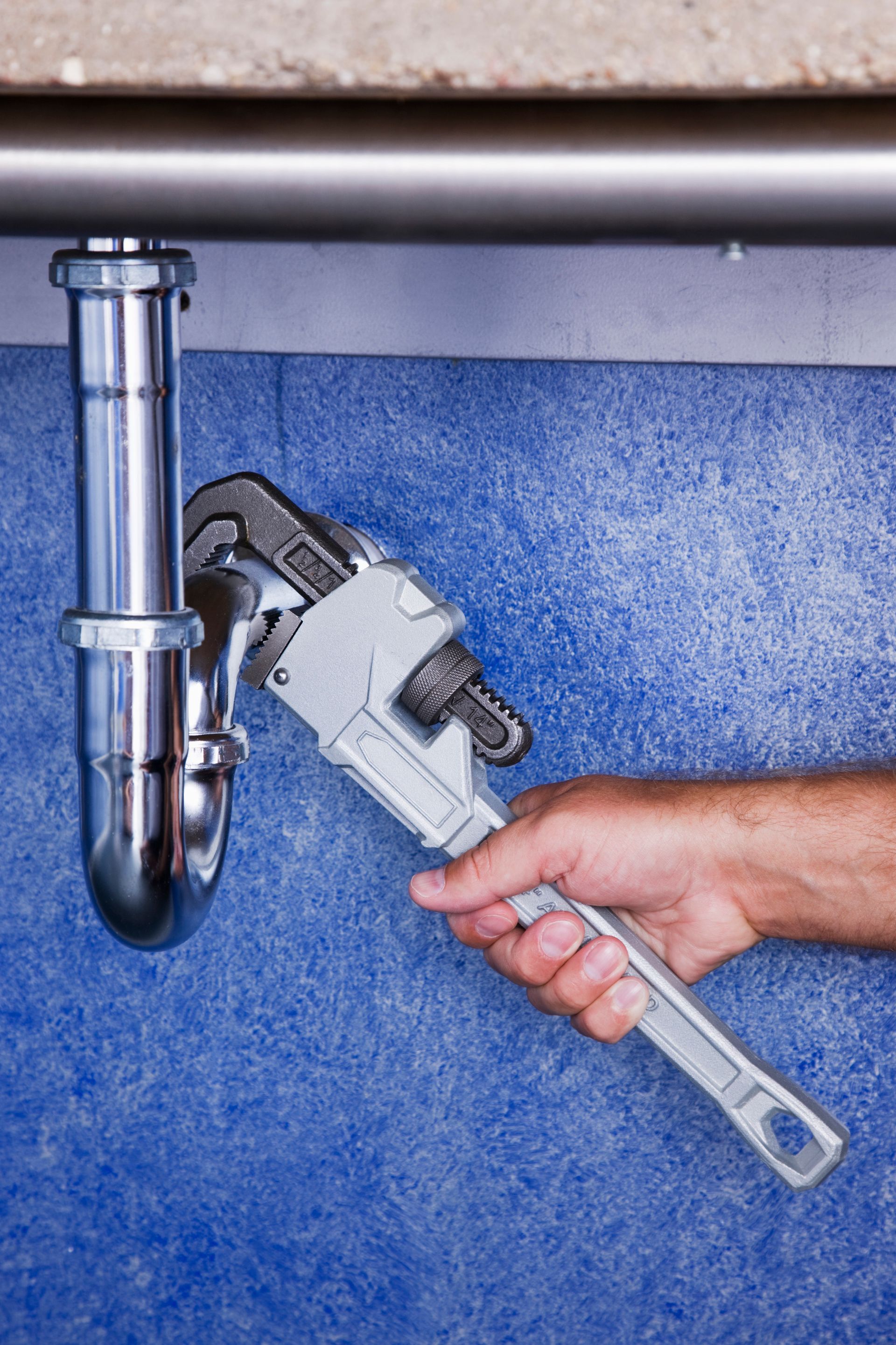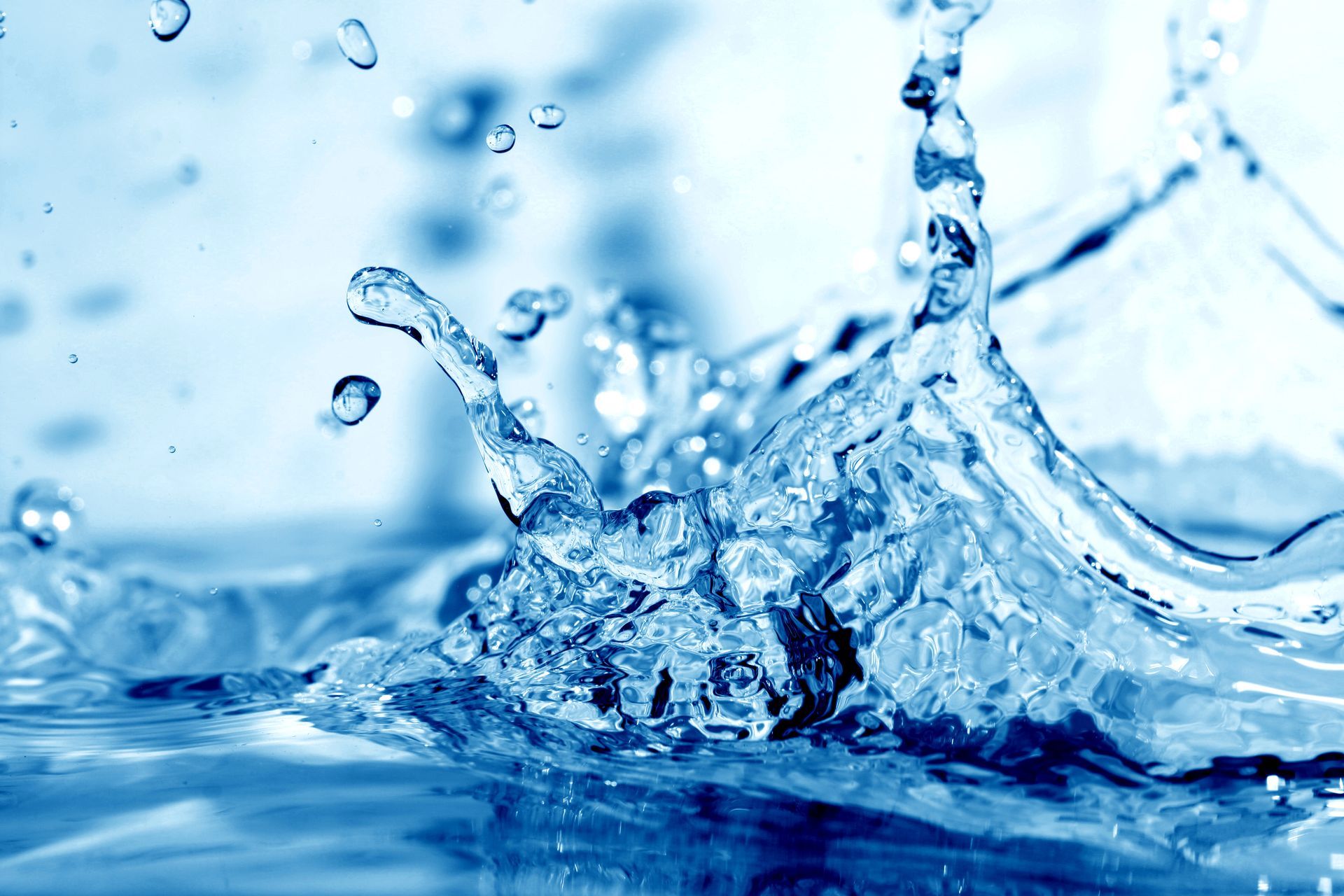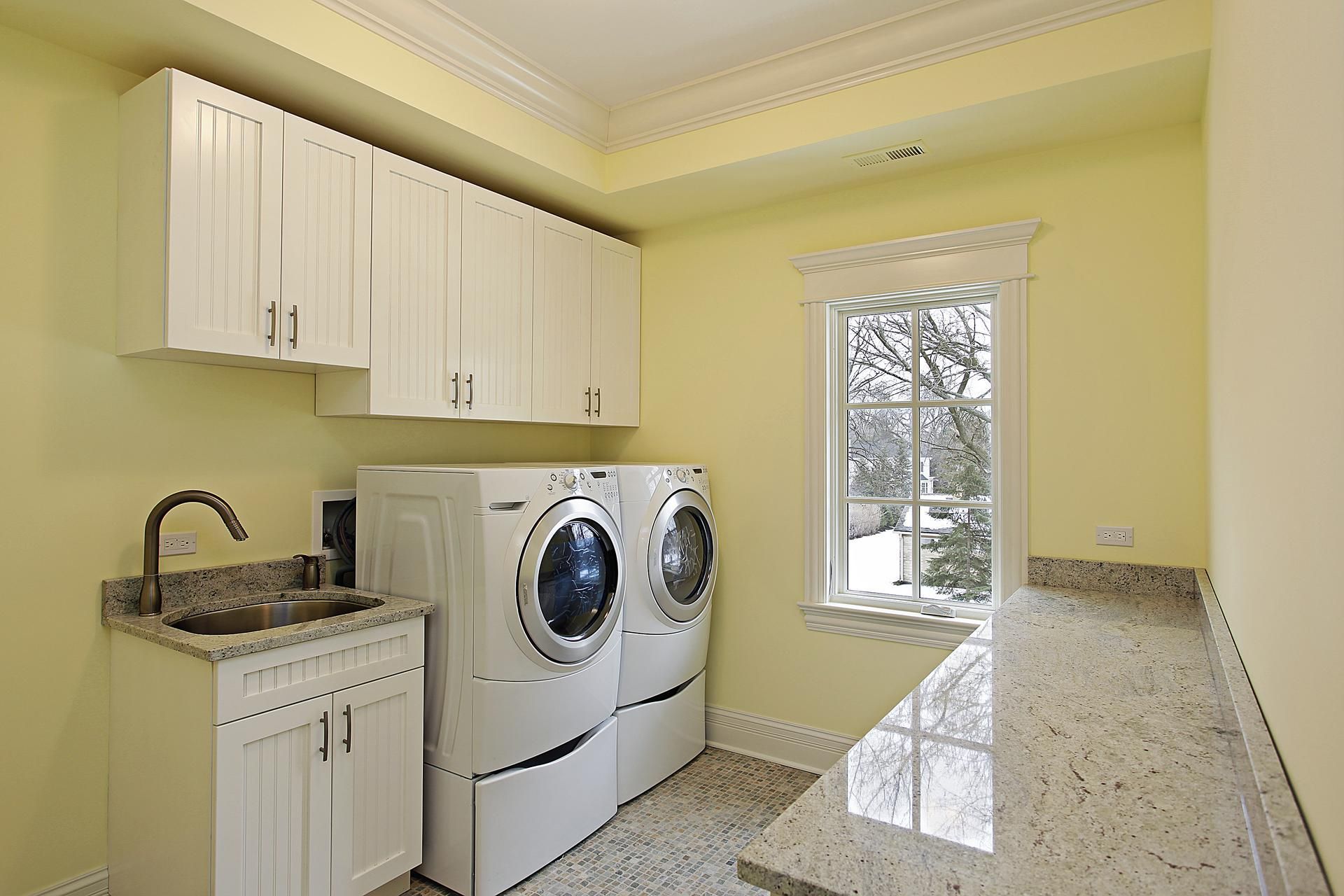Blog
Septic-Friendly Plumbing Upgrades For Kitchens And Laundry Rooms
If you own a home with a septic system, your septic and plumbing are inextricably tied together. Whenever you use the plumbing in your kitchen, bathroom, laundry room, or mudroom, the wastewater travels down the drains to the septic system.
Some
modern plumbing inventions can help make things easier on your septic
system. Here are some kitchen and laundry room upgrades that can make
your plumbing use more septic-friendly.
1. Low-Flow Faucets and Appliances
A low-flow faucet typically has an aerator that allows you to use less water when you wash your hands or dishes. While you use a smaller amount of water, the aerator adds extra air to help spread the water around. This allows for better rinsing capabilities with a smaller amount of water.
You can replace your entire faucet with a low-flow one, or you can add a low-flow aerator to a current faucet for a more affordable upgrade. While eco-friendliness is a popular reason to upgrade to low-flow faucets, using less water can also help reduce strain on your septic system. This can be especially useful if your soil is often soggy, which slows wastewater processing.
In addition to low-flow faucets, more efficient appliances can also help you reduce excess water use. Check for the Energy Star logo to see if an appliance uses less water. An Energy Star washing machine, for example, could sav e 55% of the water you typically use for laundry.
Any appliance that uses up water on a regular basis, such as a washing machine or a dishwasher, could be upgraded to a more water-efficient model if you want to reduce the load on your septic system.
2. Up-To-Date Filtration Systems
If you have a water filtration system, check to see how efficient it is. Several types of filtration systems can produce wastewater while they filter your drinking water.
A reverse osmosis system, for instance, is one type of filtration system that produces a significant amount of wastewater. More modern types of this system may only use one to three gallons of waste per gallon of filtered water, while a less efficient system may produce five or so gallons of waste per gallon of clean water.
As you can imagine, wasting five times the amount of your drinking water can put a lot more hydraulic loading on your septic system than needed. Check your filtration system and consider an upgrade if yours is currently less efficient.
3. Washer Drain Filter
Like grease and oil, lint in your wastewater can build up in the septic system and create blockages over time. Although it may not sound like enough of a problem to worry about, you may be surprised at how much lint you may find if you start to filter it out of your water.
Fortunately, lint filters for washer drains are now available. They can catch lint before it goes down your main sewage drain towards the septic system. When you clean out the filter, you should throw the lint into the trash. Unless all your clothing is 100% natural fibers, the lint will have a lot of tiny synthetic fibers in it, so it won’t be compostable or recyclable.
4. Septic-Friendly Garbage Disposal
If you use a garbage disposal in the kitchen, you can fill up your septic tank faster. Despite this, homeowners may still choose to use garbage disposals anyway because they’re so convenient. If this sounds like you, you may want to consider an upgrade to a garbage disposal model designed to be extra septic-friendly.
For instance, some garbage disposals have a feature that combines enzymes with ground-up food waste. Theoretically, this could help the food to break down faster so that it doesn't take up as much space in the septic tank.
These are just a few ideas for kitchen and laundry room plumbing upgrades you can perform to reduce strain on your septic system. Some of these can be considered eco-friendly upgrades as well since they help you to conserve water and avoid pollution. For more information on plumbing upgrades or to schedule a service visit, call Complete Plumbing today.
Installation
Services
and Military Discount



